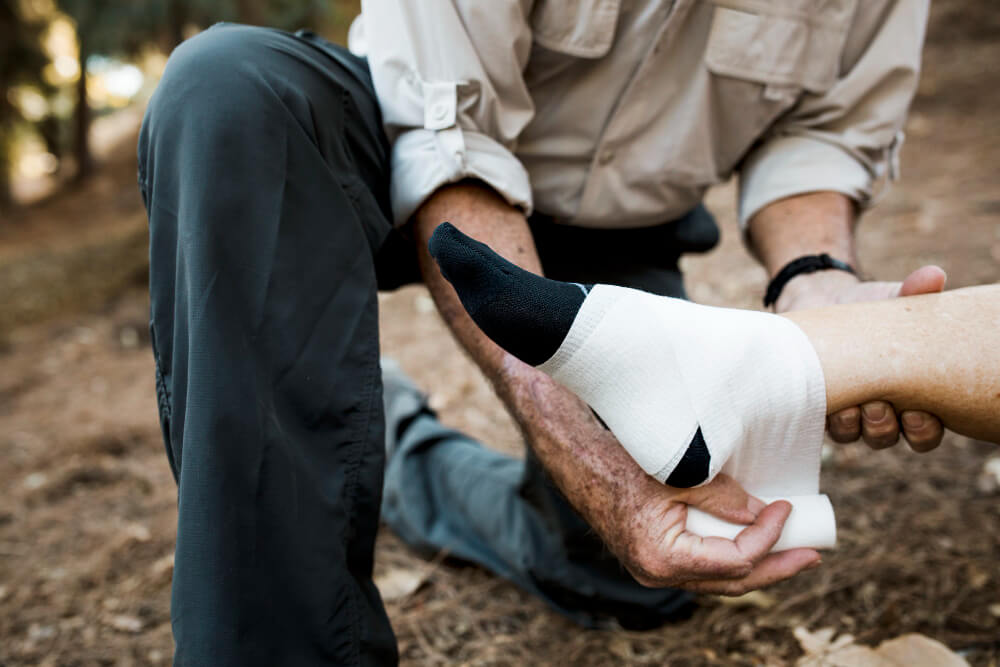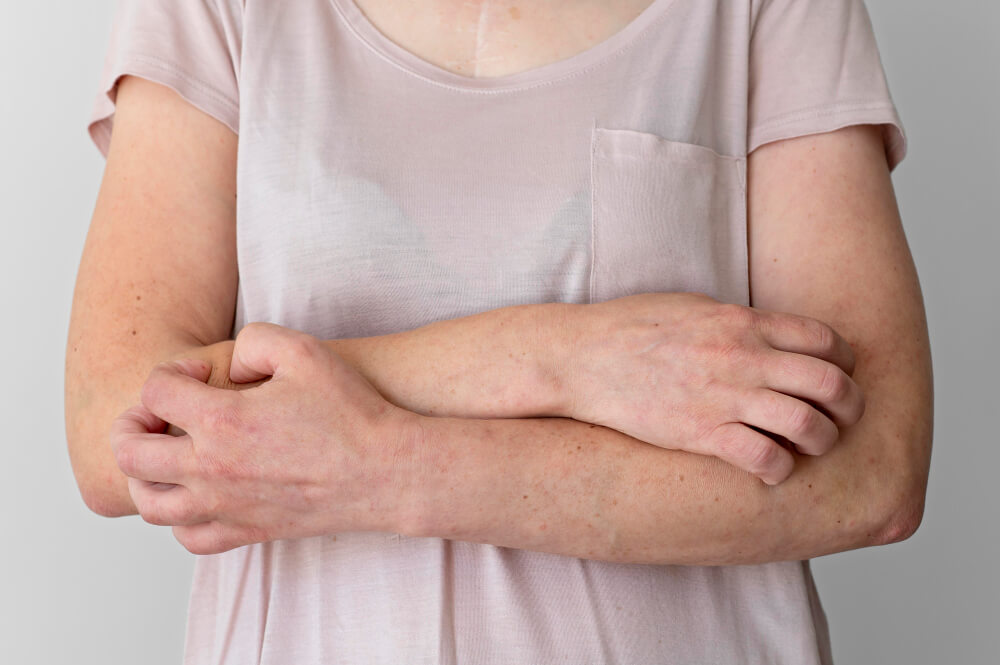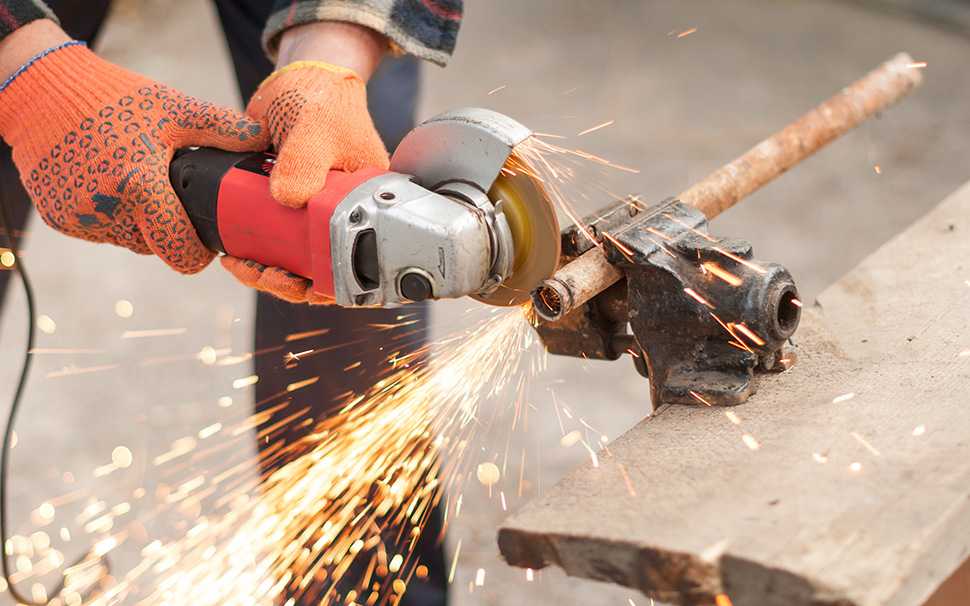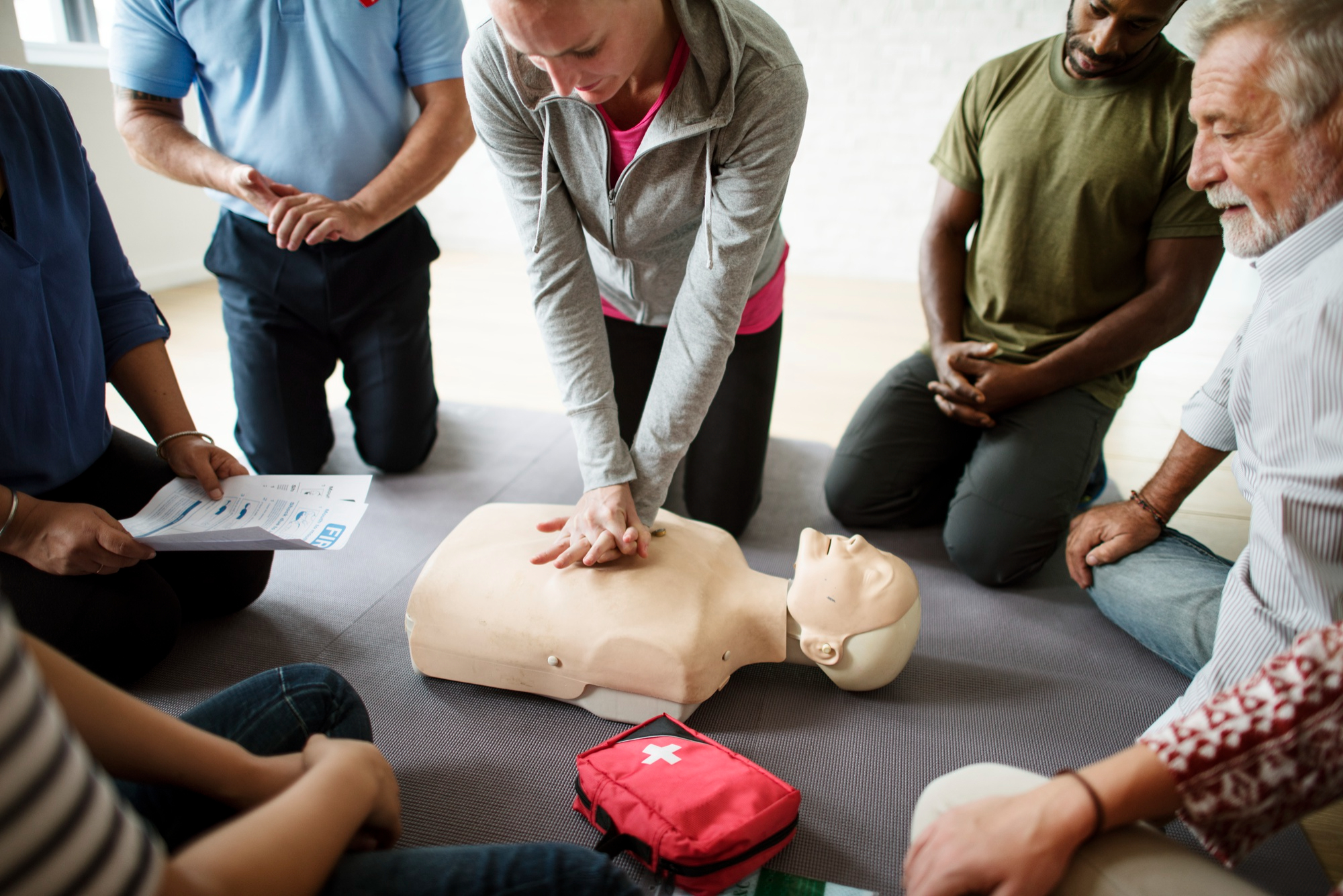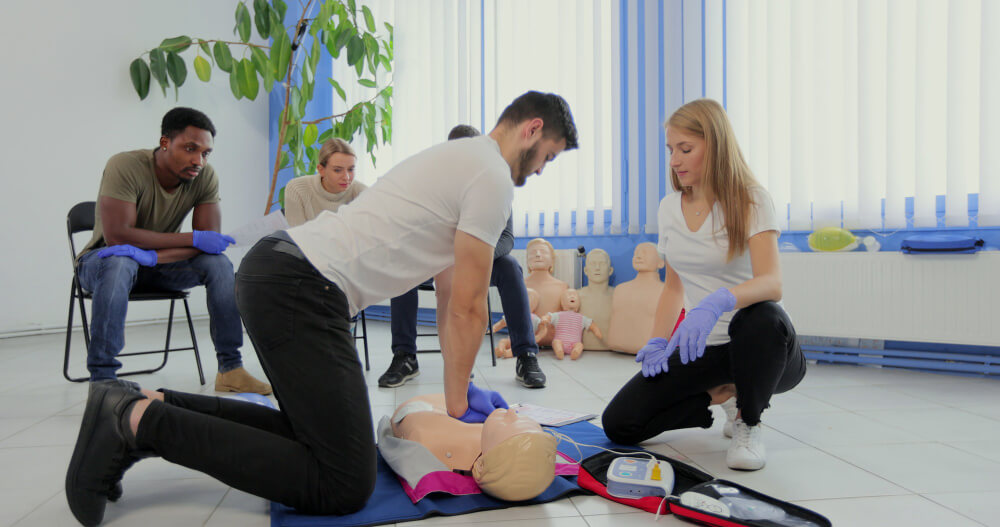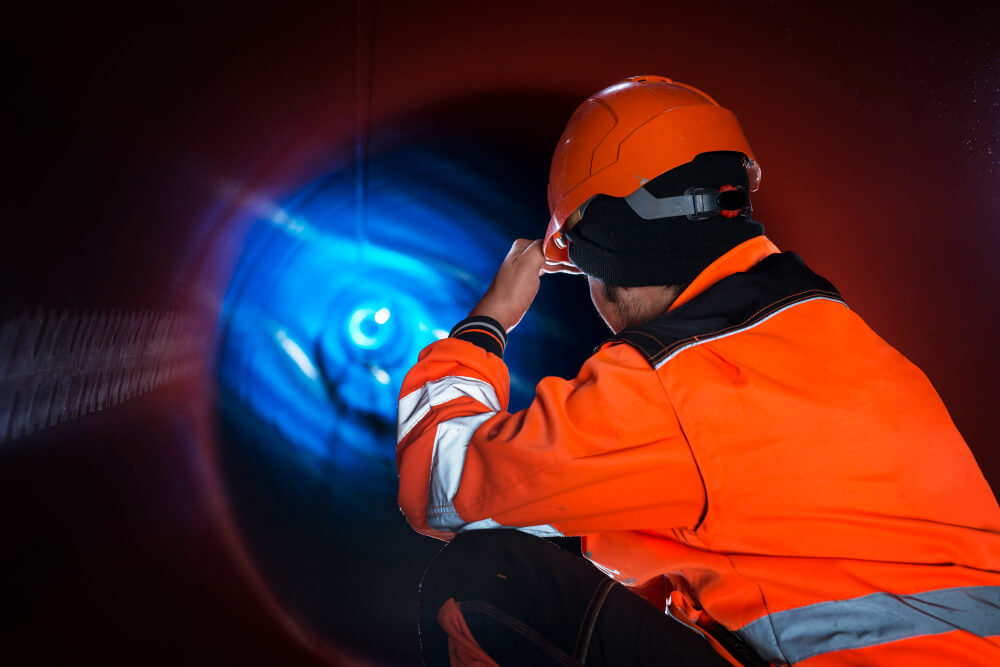Five Common First Aid Injuries: Learn How to Deal With Them
Every year people are injured or even killed through accidents. For many, first aid applied before the emergency services arrive can make the difference between life and death, or prevent injuries from becoming life-changing.
First aid is an essential skill, and it’s vital that first aid training is given for those in the workplace. Colleagues who are well equipped with first aid knowledge will feel more confident in dealing with accidents and emergencies, mitigating the risks to their co-workers and creating a happier, healthier working environment. Any accidents that do occur will be dealt with correctly, minimizing time out of work and costly sick-pay payments for employers.
At ASM Group, our team of friendly experts thrive on giving top quality health and safety training to workforces throughout the country. Here is our guide to five of the most common workplace injuries, and the correct first aid action to take when they occur.
Important Note: The information provided below is intended to depict actions that a trained first aider would typically take in response to certain situations. However, it is crucial to emphasize that these instructions should not replace professional medical advice or training. It is strongly recommended to seek immediate medical assistance and undergo proper first aid training from a certified professional.
When an accident happens
In the immediate aftermath of an accident, it’s important to follow the correct procedure. First, ensure that you and the injured person aren’t in any further danger – do what you can to make the situation safe. Secondly, phone the emergency services and make sure that help is on its way. Finally, administer the correct first aid.
Anaphylaxis
This is a severe type of allergic reaction that can affect someone’s ability to breathe. It can happen very suddenly, as soon as the affected person comes into contact with the allergen – likely to be a food or a trigger such as an insect sting.
When anaphylaxis – also known as anaphylactic shock – occurs, a persons airways and tongue may swell, affecting breathing. Check if they are carrying any medication for treating the condition. Those who know they suffer from severe allergies may have an adrenaline syringe with which to inject themselves. Help them administer it and keep them comfortable until the emergency services arrive.
Blood loss
The main objective for someone who is losing blood is to stem the blood loss. Disposable gloves should be used if possible to minimize the risk of infection. Check that the wound is clear of objects, and if it is, apply and maintain pressure to the wound, using a clean dressing if possible. If there is an object embedded in the wound, don’t try and remove it, as it may be staunching the flow of blood. Instead, apply pressure on either side of the object, and build up padding around it before applying a bandage, to avoid pressing on the object.
If a body part has been severed, put it in a plastic bag or wrap it in cling film. Make sure it accompanies the injured person to hospital.
Burns and scalds
Cool the burn immediately with cold running water for at least twenty minutes. Remove any clothing or jewellery, unless it is attached to the skin. Once the burn has cooled, cover it loosely with cling film – don’t wrap it tight, and don’t use any kind of fluffy material. Do not apply any kind of cream or lotion to the burn.
Choking
For adults and children over a year old –
- Stand behind and slightly to the side of the person choking. Support their chest and lean them forward so that the object blocking their airway will come out of their mouth once dislodge.
- Give them up to five sharp blows on their back to try and jolt the object that is blocking their airway free.
- If this doesn’t work, give them abdominal thrusts – but never give abdominal thrusts to babies or pregnant women.
Fractures
It can be hard to tell if a bone is broken or if pain is simply due to muscular injury – but if in doubt, treat the injury as a breakage until a medical professional can examine it.
Keep the potential fracture as still as possible until the emergency services arrive. Do not give the injured person anything to eat or drink, as they may need an anaesthetic once they are under medical care.
First aid safety training in Cork
First aid is an essential life skill for everyone. Whatever your situation or place of work, accidents and emergencies can happen anywhere, at any time. Knowing how to deal with them correctly can make all the difference – between a life changing injury and a normal recovery, or even between life and death.
At ASM Group we provide first aid training of the highest quality. If you want to improve your health and safety knowledge, as well as elevate your C.V., sign up for an ASM Group first aid training course today.
Disclaimer: The information provided in this blog is intended for educational purposes only and should not be considered a substitute for professional medical advice, diagnosis, or treatment. It is crucial to seek proper training from a certified first aid professional before attempting any first aid techniques or procedures. Always consult with a qualified healthcare provider for personalized guidance and to ensure your actions align with your specific circumstances.
